Silent witnesses
Once of interest only to enthusiasts, ETH Zurich’s Entomological Collection now offers researchers a treasure trove of hidden knowledge.
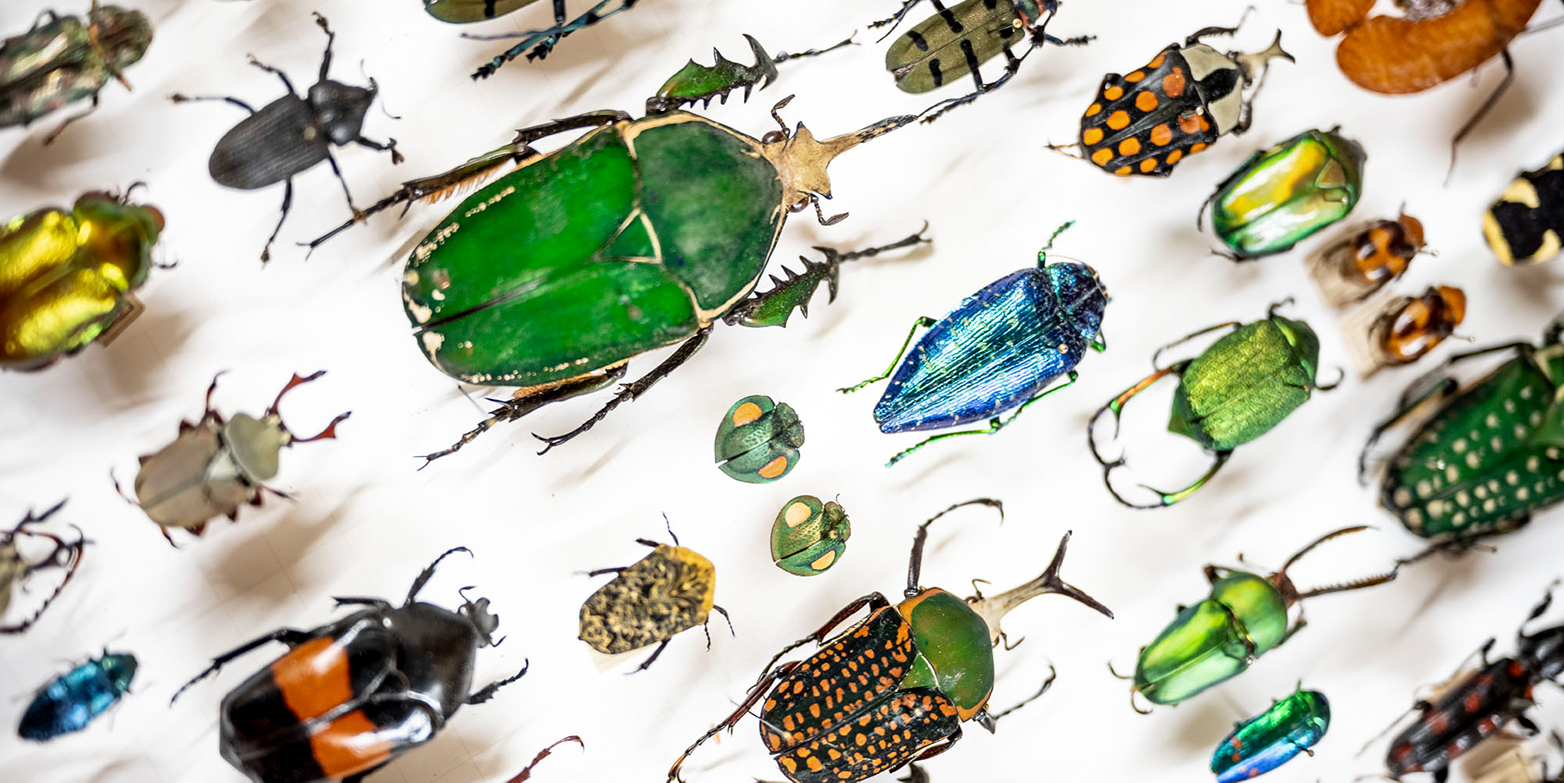
Four tightly closed doors protect the Entomological Collection of ETH Zurich from heat and daylight. The cold, dry air is the perfect environment for the two million insects that call these specimen drawers home – although it’s not particularly comfortable for their human keepers. On a trolley in one of the aisles is a small brown box filled with fruit flies. Upon their return from the Czech Republic, they were first placed in a four-week quarantine at minus 20 degrees Celsius. All insects must undergo this process after shipping in order to keep out pests such as the dreaded museum beetle. The staff here may love their job – but not every insect is welcome.
Sending specimens to researchers all over the world is all part of a day’s work for Michael Greeff, who manages the Entomological Collection. But there’s something rather unusual about this particular box from the Czech Republic, namely the fact that the researcher took a full 27 years to return it, despite repeated reminders. Greeff is sanguine, however: “The insects may be rather mildewed, but they did a great job of classifying them!”
ETH Zurich’s Entomological Collection is a significant collection of insects in central Europe, with a particular focus on Swiss fauna. It all started with a donation from a man who did not share his father’s passion for entomology. Alfred Escher inherited the insect collection from his father, Heinrich, upon his death in 1853 and promptly donated it to ETH Zurich in its entirety – a remarkable gift that included not only 66,000 specimens of 22,000 species but also a large, heavy book. “It’s a kind of ledger in which Heinrich Escher recorded his stock of insects. He kept detailed notes and dates for each transaction, describing which insects he swapped or traded with whom,” says Greeff. He carefully closes the book, anxious to protect its fragile, yellowed pages against further disintegration.
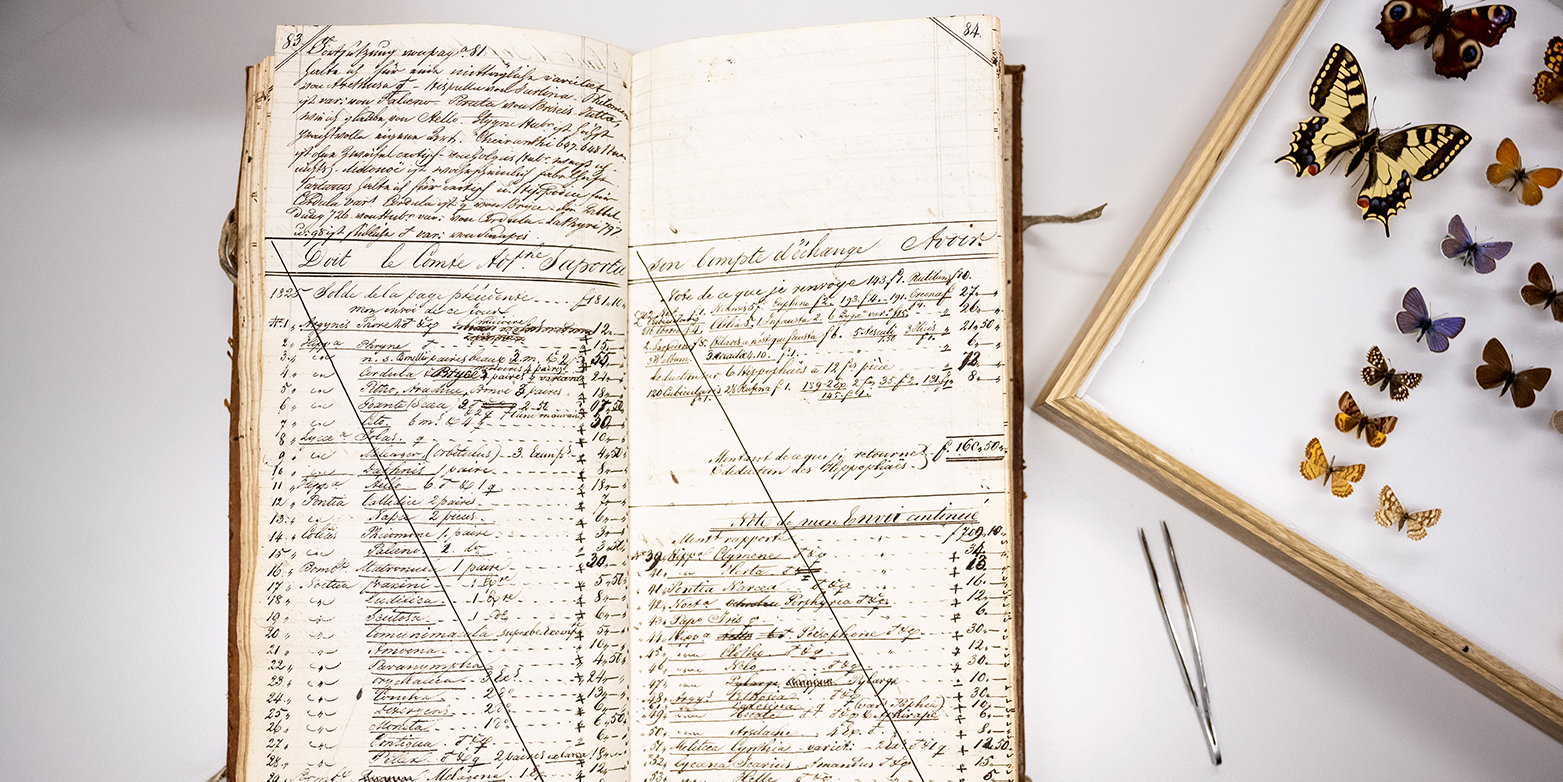
Open to visitors
If it weren’t for the coronavirus pandemic, this unique ETH collection would be receiving visits from a multitude of students, researchers and enthusiasts on a daily basis. Today, however, its only visitors are Martin C. Fischer and Gabriel Ulrich, who both work at the Chair of Plant Ecological Genetics under Professor Alex Widmer. The two ETH researchers have come to see Melitaea diamina, the false heath fritillary, more than 300 specimens of which are held in the collection. Opening the cabinets, they pull out one drawer after another of neatly arranged brownish-orange butterflies.The false heath fritillary is one of five species selected for a pilot study to monitor genetic diversity in Switzerland, which also includes the natterjack toad, the yellowhammer, the Carthusian pink, and hare’s-tail cottongrass.
ETH Zurich was commissioned to carry out this study by the Swiss Federal Office for the Environment (FOEN), with support from the Swiss Federal Institute for Forest, Snow and Landscape Research (WSL). Genetic diversity is one of the three components of biodiversity, along with habitat and species diversity. Environmental scientist Martin C. Fischer is heading up the study: “Our main goals are to understand and document how genetic diversity within certain species changes over time and, as far as possible, to draw conclusions on their ability to adapt to a changing environment in the future.” Habitats are changing, primarily as a result of fragmentation and climate change, but greater genetic diversity gives animals and plants more opportunities to adapt.The researchers are busy collecting ten contemporary specimens of each of the five species at 30 locations across Switzerland. Back in the lab, they will then analyse the entire genome of each individual. “That will generate a huge amount of data,” says Fischer, “but fortunately we can handle it thanks to ETH’s excellent infrastructure!”
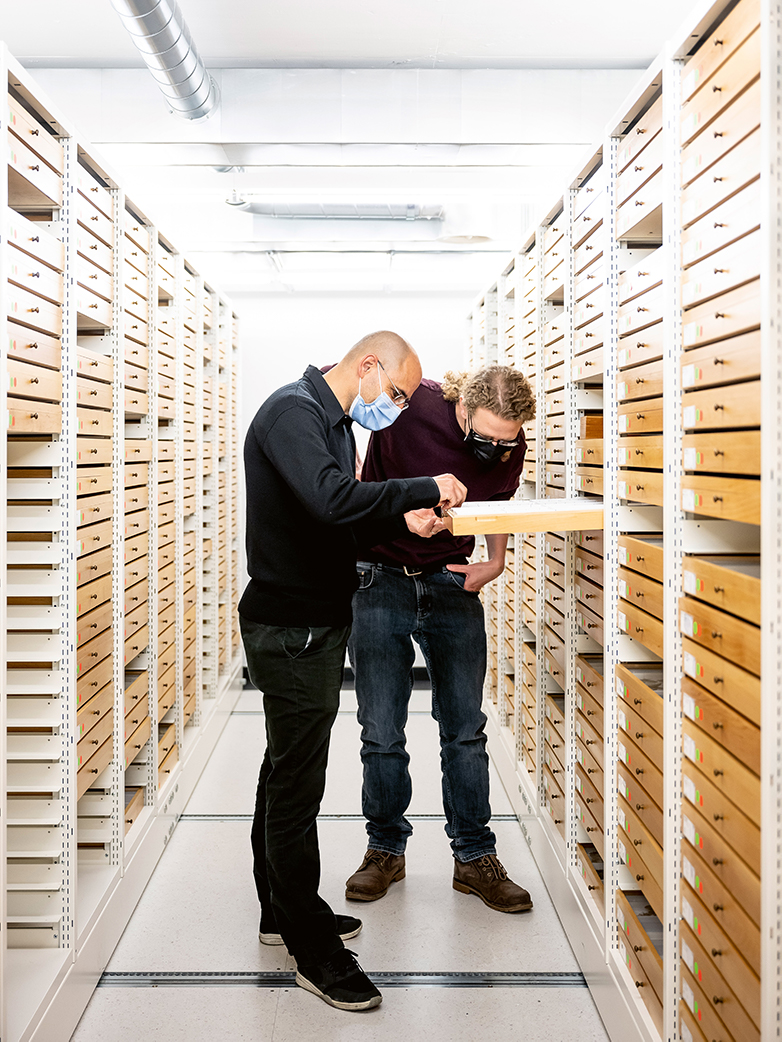
As well as collecting specimens in the field, doctoral student Gabriel Ulrich is also keen to perform a retrospective analysis of genetic diversity, hence his visit here today. He, Fischer and Greeff are debating the least invasive way to obtain genetic material from the butterflies, some of which are over a century old. “We can’t do a genetic analysis of our chosen butterflies without cutting off a leg,” says Ulrich. Fischer sees this as a reasonable compromise: “Most of the false heath fritillaries in the collection will remain in pristine condition – and the others will still have five intact legs.”
Michael Greeff says it’s a matter of considering the pros and cons: “Ultimately, we have to weigh the damage to the collection against the knowledge we might gain.” A key question, he argues, is whether the body part is relevant to identifying the species or not. He also points out that the collection will benefit in return – and that the value of new specimens acquired through monitoring projects shouldn’t be underestimated in the current climate. “Young people are no longer interested in collecting insects, and traditional collectors are a dying breed.”
For today, at least, Martin C. Fischer’s and Gabriel Ulrich’s work in the collection is done. But they are already planning to return – and, when they do, they will be wearing white protective suits to make sure they don’t contaminate the samples with their own DNA while removing the butterfly legs.
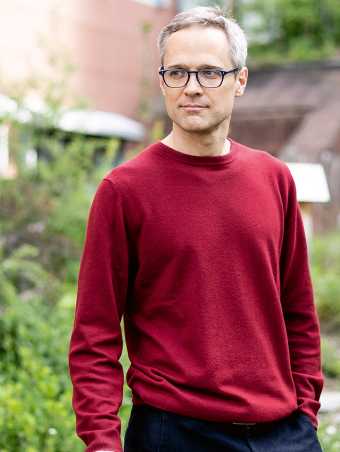
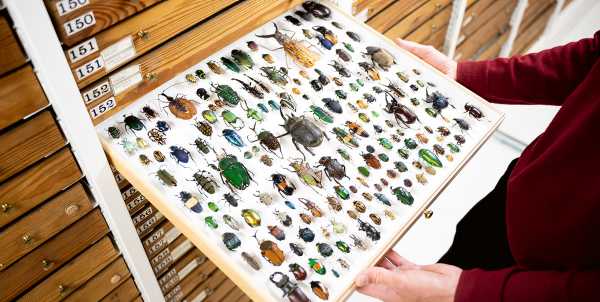
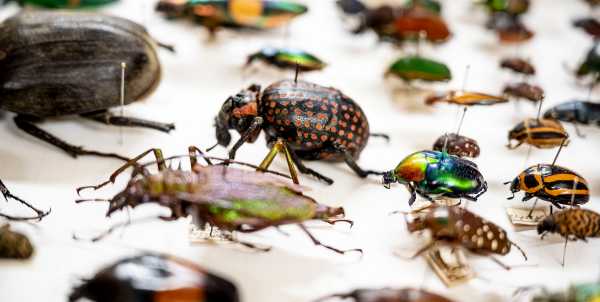
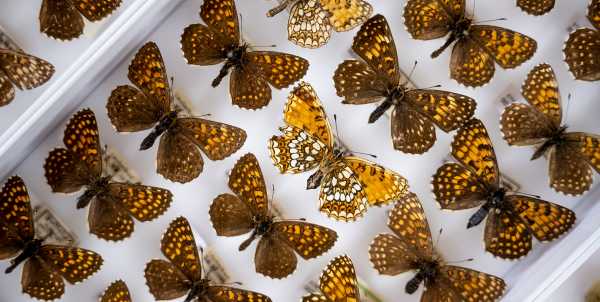
Renewed interest
When the collection was first established, nobody could have imagined that it would eventually be used for genetic analyses. Its early years coincided with the famous experimental work on pea plants by the Augustinian monk Gregor Mendel – but this was long before the discovery of the DNA molecule. Initially, the collection’s primary purpose was to map which species were found where. The famines of the First World War shifted the focus to pest control, however, with ETH entomologists among those working on the development of pesticides. From the 1950s onwards, biological pest control and insect systematics were key topics of interest.
The centrepiece is the collection of type specimens, which has grown steadily over the years and now numbers over 5,000. A type is a specimen on which the description of a new species is based. “Think of a prototype metre: a type is a bit like that, but for entomologists,” says Greeff. “The type is what we turn to when we’re unsure about certain characteristics, because it allows us to check them against the original physical specimen. Types help ensure that scientists all over the world use the same standardised terminology to describe biodiversity.”
These type specimens are clearly irreplaceable, yet the rest of the collection also offers an important framework for interpreting the world around us. Hence the Swiss government’s decision to fund a multistage project to bring the collection up to date and capture specimen data in an online database.
“The work we’re doing now on collecting and documenting specimens will bear fruit in future research projects. But obviously we have no idea what methods will be available 100 years from now and what issues might be relevant."Michael Greff
“When people look back in 100 or 200 years, let’s hope they say we got our priorities right!”, he adds.
Greeff is also preoccupied with another question. To date, only around 20 percent of the world’s insect species have been identified. Estimates put the number of undiscovered species at around four million. Most of these are in the tropics – and many are likely to become extinct before they are ever described. “As entomologists, shouldn’t we be putting all our other projects on hold and documenting this diversity while it’s still there?” He leaves this question hanging in the cool, dry air as they leave, carefully closing the doors behind them.
This text appeared in the 21/02 issue of the ETH magazine Globe.
Biodex Butterfly App
The Entomological Collection collaborated with Barry Sunderland from the ETH Library Lab to develop the app external page Biodex for identifying butterflies. The app uses artificial intelligence to enable staff with no entomological training to carry out curatorial work in the collection.
Comments
No comments yet